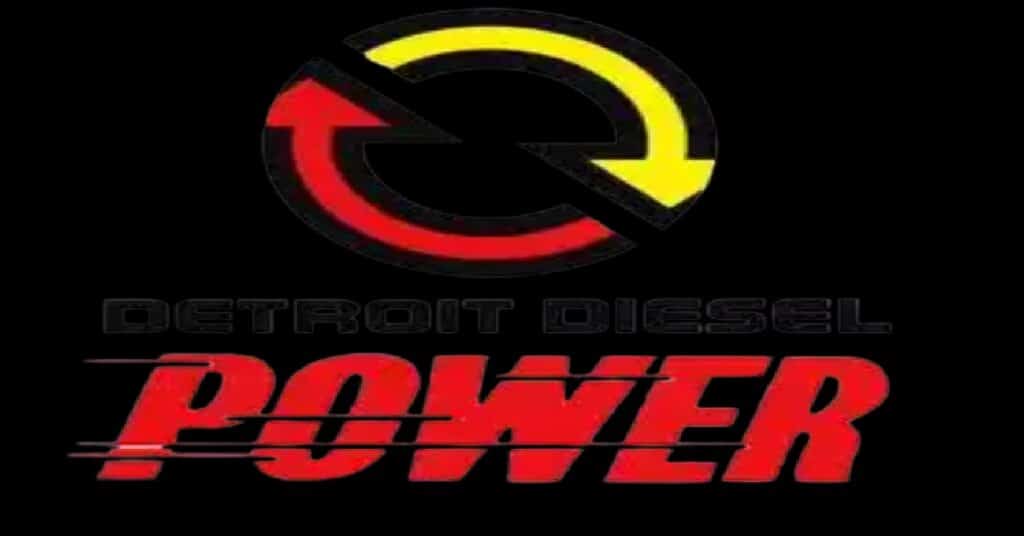Detroit Diesel is one of the strongest diesel engines available. It is known for its reliability, durability, and efficiency.
Detroit diesel can be found in different mechanical equipment such as forklifts, cranes, trucks, generator sets, air compressors, water pumps and other mechanical equipment.
Detroit Diesel is a two-stroke engine that uses an engine blower. It is an American engine that excels even in the shipping industry.
Its durability makes it a choice for ship manufacturers to use as the main engine or lighting.
We have mentioned a lot of positives about the Detroit engine, but there is a known problem associated with it.
The problem is called “runaway.” All technicians or mechanical engineers familiar with the Detroit diesel engine know that it is known for engine runaway.
How can we define engine runaway? It is a situation in which the engine take-in through the intake system external fuel from unusual sources, which in turn makes the engine overspend at a higher rate, which makes the engine RPM increases more than one hundred per cent.
It can also be defined as when an engine takes in flammable vapor through the intake system and uses it as an external fuel source.
Mostly, this overspending continued until serious damages occurred to the engine. Or a means was put in place to put off the engine.
I have experienced Detroit engine runaway more than three times, so I am talking from experience. My first experience happened on a sand dredger.
It was a day I will never forget. Although I have heard a lot about it, that day presented me with first-hand experience. It was on the Detroit engine 71 series.
After replacing the injectors, my team and I tried to start the engine, and immediately after the engine started, the runaway set in.
We did all we could but to no avail. I even tried disconnecting the fuel source, but the speed kept increasing.
The sand dredger operator was the first to jump inside the river, followed by my teammates, and I had no choice but to jump inside the river, despite my little swimming ability then.
The result was distractors because many things were damaged, including the 10 inches pump.
Since then, am always careful when trying to start a Detroit engine. Apart from engine runaway, I enjoy working on the Detroit engine. And I can recommend it for any mechanical applications.
What Causes a Detroit Diesel to Runaway
In the below paragraphs, I will tell you two things that usually cause Detroit engine runaway.
The first thing that can cause engine runaway is faulty mechanical speed control. Another name for engine speed control is engine governor.
Speed control controls the engine speed and signals when to increase or decrease the engine speed due to the engine load demand.
Faulty mechanical speed control can cause the engine to over speed which later results in a runaway.
The second thing that can cause engine runaway is an irregularity in injectors’ height lashes. Mechanical control injectors are actuated by a valve train.
The gap between the injectors and the rocker’s arm must be adjusted properly. If the adjustment is not equal, then this can prevent the control rack from its auto adjustment.
A special tool is used to measure the injector’s height to maintain regularity between all the injectors. So this is another cause of runaway in Detroit engine.
How Do You Stop a Runaway Detroit Engine
Based on my experience, stopping a runaway Detroit engine usually raises a confusion to the extent that you don’t even know what to do. But really, there is little you can do.
Let us consider a few things that usually come to mind when a diesel engine runs.
The first thing that comes to mind is to turn off the ignition key. Although, turning off the ignition has little to no effect on stopping a runaway Detroit engine because the engine is using vapor as fuel.
So if you shut down the fuel supply through the ignition key, the engine will still be running.
Another thing that usually comes to mind is disconnecting the fuel supply. Even after disconnecting the fuel supply, you will notice that the engine will still keep speeding.
The reason is that it has other fuel supply sources.
So what can be done to stop a runaway Detroit engine? The best sure way is to cut off the engine air supply.
You can do this by blocking the engine blower. As you do this, the engine will automatically turn off.
As it is usually said, prevention is better than cure.
There is a way you can prevent this from happening. It is by installing a device called air intake shut-off valves.
This valve prevents air from entering the engine intake during the running situation. It can be activated manually or automatically.
Why is a Detroit Diesel Called Jimmy
A Detroit engine is a two-stroke engine. A stroke is an up-and-down movement of a piston. A Detroit engine is a high-speed engine.
But why is it called a “Jimmy”? It might sound funny, but it is a name given to the Detroit engine.
Detroit Diesel is called a Jimmy because of the sound the engine produces.
When you truly listen carefully and accelerate the engine speed, it is as if the engine is screaming Jimmy Jimmy.
It is for this reason that the Detroit engine is called a Jimmy.
Another name for a Detroit engine is GM. This is the initial name given to the Detroit engine. But it was later changed to Detroit diesel.
But the name Jimmy was given to it based on the sound the engine produces, especially when the engine is on the idle run or accelerated.
So Jimmy is like a nickname given to a Detroit diesel engine. The first time I heard the name, I went to a Detroit engine and listened to it, and it truly sounded like Jimmy Jimmy.

